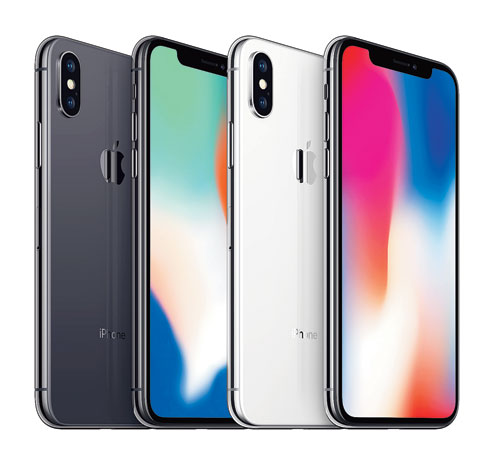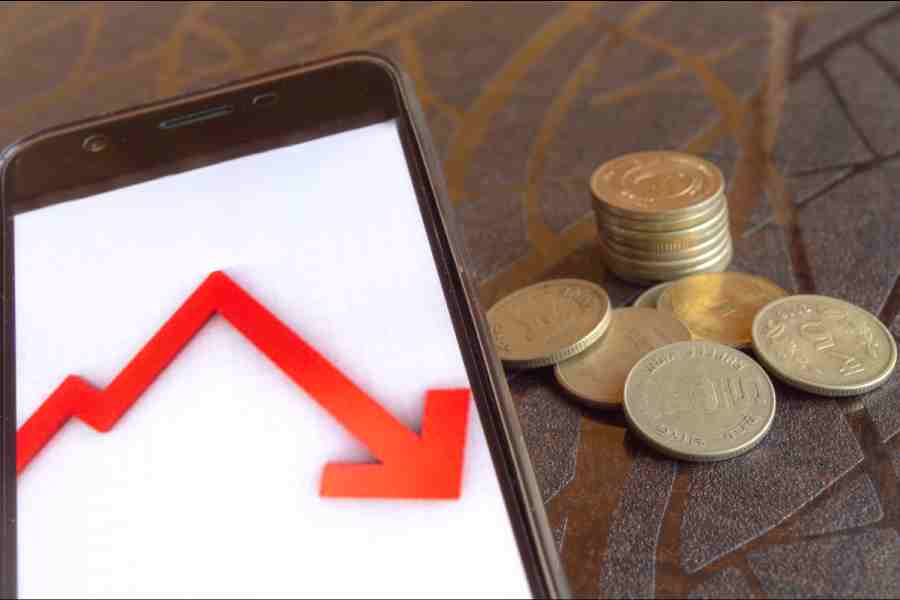
Rs 1.02 lakh (256GB)
The iPhone X (pronounced ‘10’, not ‘ex’) is the big leap forward that Apple’s handset portfolio needed, a re-imagining of what an iPhone should be, one that forgoes hitherto reliable best-in-class elements like the home button and the fingerprint sensor to make way for what Apple calls the future of the smartphone. Do Apple’s bold bets with the iPhone X pay off?
Design
If you found the iPhones of the past couple of years a bit repetitive design-wise, get ready to be excited by an iPhone again… and finally be able to legitimately show off your new iPhone! Pick it up and there’s no question in your mind you’re holding a premium handset, one that feels expensive…which it of course is. Ergonomically, it’s a Goldilocks-sized phone — a phablet-sized screen in a form factor that’s comfortable to use in one hand. It’s still water-resistant, and while Apple claims it has the strongest glass ever to be used on a smartphone, I’d still recommend a case… if for no other reason than the fact that the glass rear is a major smudge magnet. The glass back and vertical rear camera orientation aside, the big change in the X is the removal of the home button, and in its place, you get a bunch of gestures to interact with and navigate around iOS11. By and large, the gestures are intuitive, the animations around them are slick and modern, and the move to a home button-less iPhone only takes a day or so of relearning, and I wasn’t even thinking about the gestures a week into using the phone.
Display
Turn on the iPhone X, and the first thing you’ll notice is the new, edge-to-edge
5.8-inch, 2,436 x 1,125-pixel OLED display. The bright, punchy and sharp display is leagues ahead of the displays on the other iPhones, and edges ahead of Samsung’s flagships on colour accuracy and brightness. Even though the iPhone 8 Plus’ 5.5-inch screen offers slightly more surface area (owing to the X’s narrower 19.5:9 aspect ratio), the way the display fills up the whole front of the phone gives you a significantly bigger canvas to work with on a form factor that’s closer to the iPhone 8’s. The only bugbear — the notch on the top of the screen can get distracting, especially with apps that don’t support the full screen display or when you’re watching videos or playing games, but for the most part, it fades away after a while if you use the phone in portrait orientation. There’s support for HDR10 and Dolby Vision formats for better colour accuracy too. No two ways about it, the screen is the best part of the X.
Performance
The iPhone X shares the same A11 Bionic chip as the iPhones 8, which when combined with 3GB of memory means buttery smooth performance and stellar scores in benchmark tests. Gaming is strong on the X too, both in terms of performance and that games look so much better on the new OLED display. The only downside is that the notch shows up in many games and covers game content, which means apps will have to be updated to work around the X’s design.
Battery life is a shade lesser than the Plus-sized iPhone, which is to say it will last you a full day of use without hunting for the cable. Wireless charging and fast charging make an appearance, but you don’t get either in the box.
FaceID
By far the biggest change in the X is the removal of the TouchID fingerprint sensor, and Apple’s big gamble is on unlocking your phone with your face. I was initially sceptical of this move, having relied on TouchID for several years now, but I soon found these fears to be largely unfounded. Setup is easy, and in daily use, TouchID is only ever so slightly faster on the iPhones 8, with the difference in speed marginal at most times. It works great in low light, with sunglasses and at odd angles, say when you’re discreetly using the phone on your lap during a meeting, but you’ll want to ensure, always, that you aim the camera towards your face. Of course, it’s not perfect, so there’s the passcode-based unlock for times like when the X is lying flat on a table or you’re out under bright sunlight, much like when you can’t open your current iPhone because you have a wet finger. All said, it still feels like a work in progress, but seeing that it has gotten better since I saw it at launch, I don’t think I’ll be missing the fingerprint sensor for too long. The complicated array of sensors that enable FaceID also allows you to create Animojis, or animated emojis, which track your facial expressions (surprisingly accurately, I will add) and maps them onto animated characters, and you can share these movies with your friends and family (or anyone who’s willing to humour you in a chicken-head avatar)!

Cameras
The iPhone 8 Plus had a seriously impressive camera setup, and the X trumps it with a wider f/2.4 aperture and image stabilisation on the telephoto lens. Photos pack in accurate colours and bags of detail, and are captured snappily with virtually no shutter lag. The Portrait mode on the rear camera is among the best in the business, but where it scores ahead of the 8 Plus is ‘Portrait mode’ selfies, where it takes advantage of the TrueDepth camera — yep, the same camera that makes FaceID possible. Portrait mode on the iPhone X is occasionally fiddly, but when it works, it takes jaw-dropping images that you’d think came straight out of an enthusiast’s DSLR. Video capabilities are top-notch too, with 4K recording at 60 frames per second delivering fluid, clean video — also video that will take up a lot of phone storage, so you may want to consider the Rs 1-lakh-barrier-breaking 256GB variant if you shoot a lot of video.
Verdict
An all-new design complemented by one of the best OLED displays in the business, the sheer performance of the A11 Bionic chip and the well implemented first-gen Face ID — if you’re an Apple fan looking for a quick, unqualified recommendation, here it is, in two words — “worth it”. This is the iPhone to buy this year — it’s well worth the price of admission, even if that does happen to be north of a lakh for the top variant. For those saying that’s a crazy amount of money to spend on a phone, consider the very competent iPhone 8 Plus.











